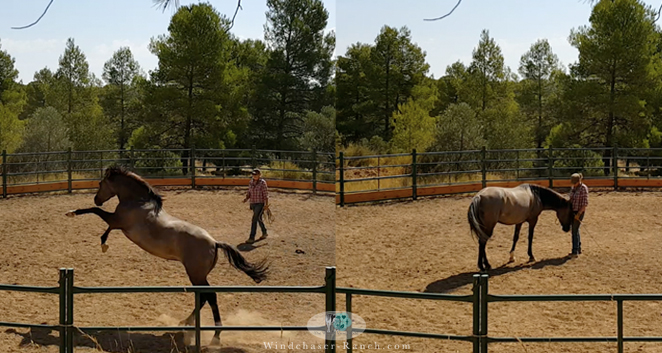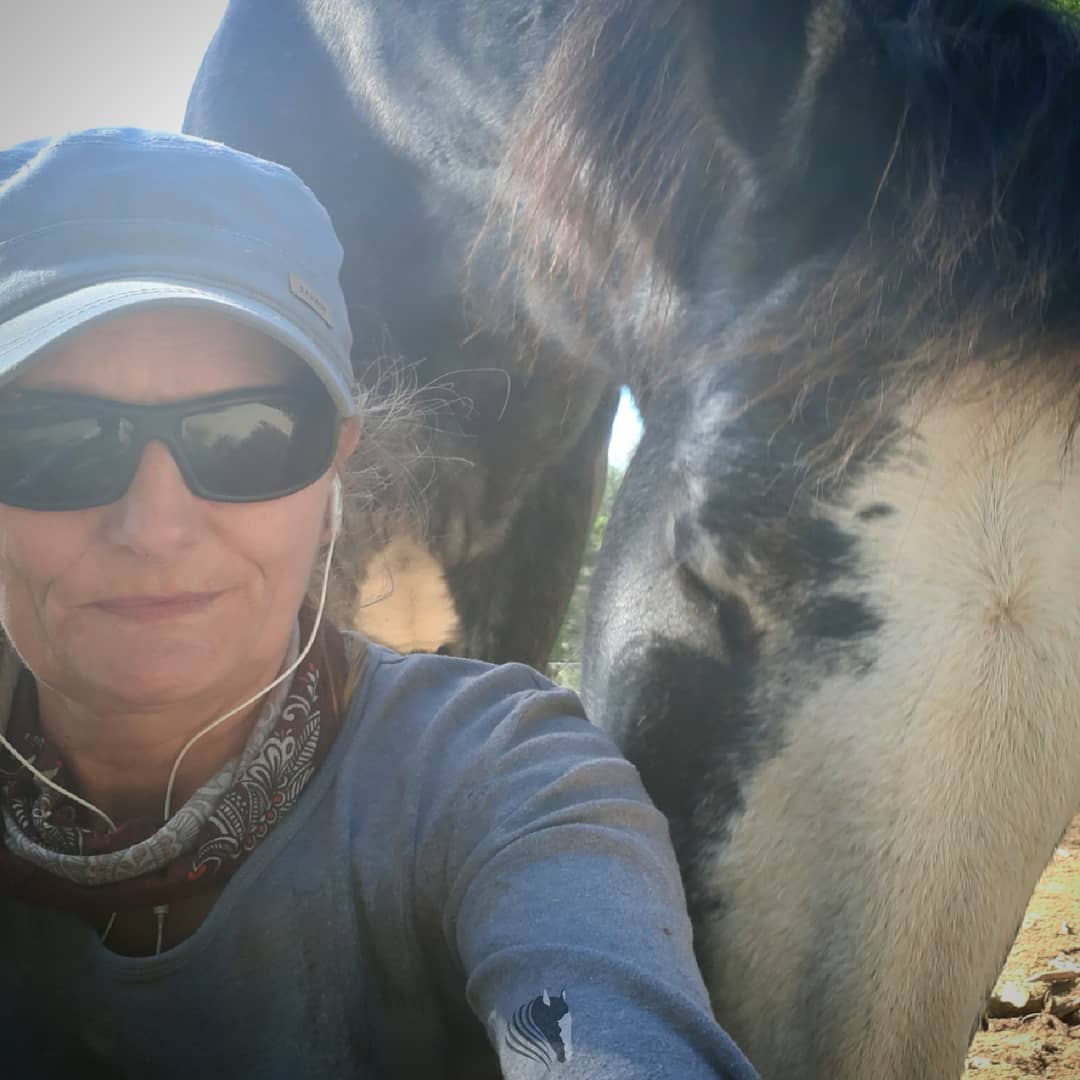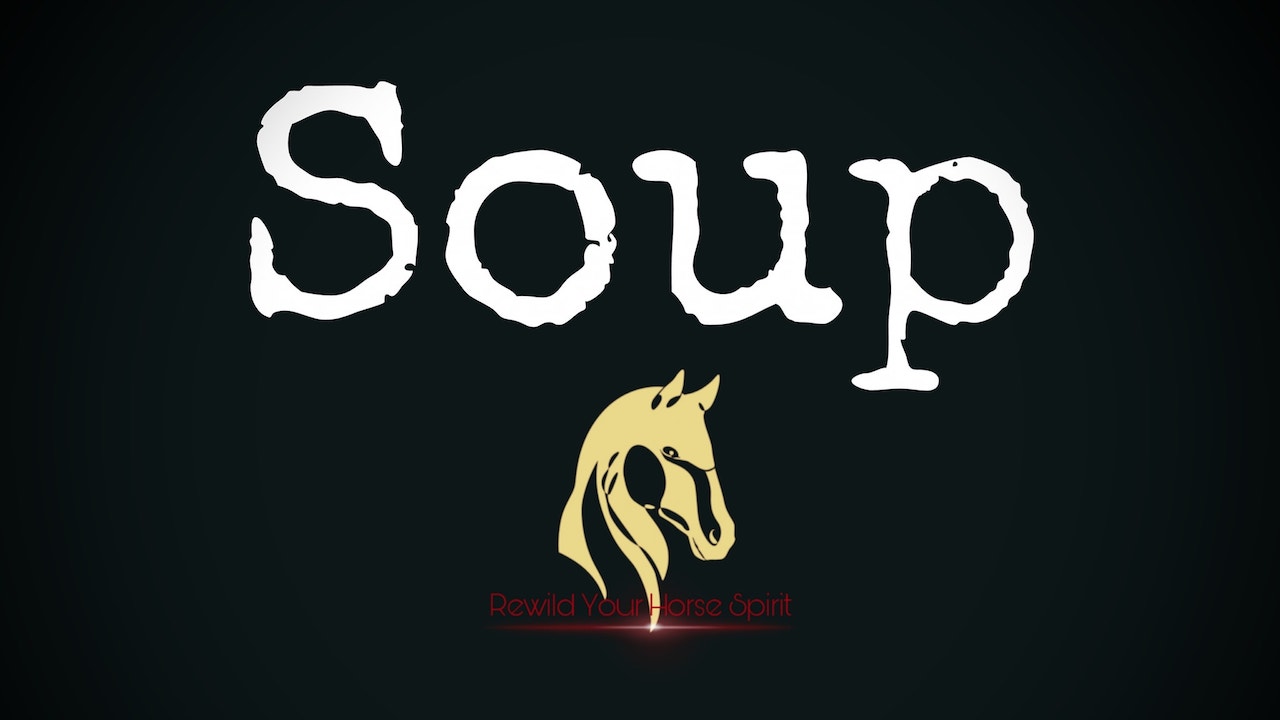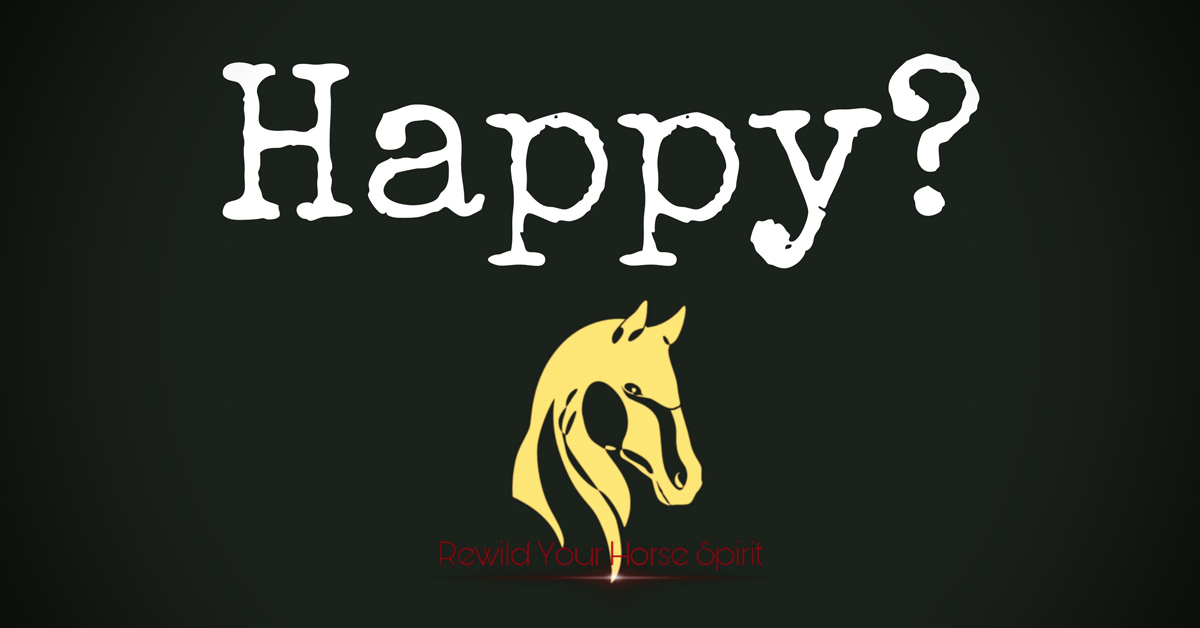Sometimes it can be difficult to read the difference between playful protest, defensive and aggressive behaviour. They can be quite subtle and depend on the situation you and your horse find yourselves in.
Liberty is a great way to build on your understanding. It’s easier to read a horse at liberty than on a line. Even if you have a loose line with soft hands, there’s some influence, a communication that you may not intend. At liberty there is a truth in their expression towards your conversation.
Every horse is different and will react to your request and energy independently. Even in my herd I have horses that express themselves individually depending on the level of energy I bring and the clarity of my communication.
Some horses are much more forgiving about communication they will wait and let you work it out. They have this ability to say nearly but not quite and quietly insist you try again. Others will react completely differently, if there’s any moment of confusion the tendency is to “explode”. Their reaction to new requests that they see as confusing, is to erupt into playful protest.
What do I mean by that…
Playful protest is an explosion of energy which might involve running, bucking, rearing etc. All the actions will have no rhythm, and be displays of a disorganised body.
When they’re relaxed and free of tension their physical expressions are rhythmic, think of how they walk, trot etc. This rhythm gives a sense of calm. When it’s not rhythmic, whether it’s at fight, flight or play there is a building of tension.
Horses that have a good connection with you, but not able to fully understand you at a particular moment will display playful protest. The difference between playful protest and a defensive or aggressive action, is playful protest is performed within their own bubble, with themselves. You may have created it but then they take a moment away from you to find a relief.
They are working things out in their mind but taking the time to release the build up of stress and tension that your request has created. By doing this they are freeing their minds and their bodies and are preparing themselves for learning. What’s really important, as they start to come down, is you request the action again consistently. There’s no point in watching them have this moment and then asking for the action in a different way. If you are asking the task in a different way then that is going to create further confusion. In my experience this can evolve into something more defensive and/or aggressive.
When you work with your horse your consistency is paramount, especially if they are green, young, or one that has a tendency to be sharp and explosive. That is to say, the same request in the same way the same body language the same level of energy. Don’t rise to their level, it’s not a competition. Remain calm, remain grounded, remain focused and be consistent.
Once they have released that anxiety, and are heading back into a rhythmic, forward movement, with some indication of relaxation, then pick up your request. Be mindful of the reaction, do they immediately raise their energy again back into protest? Or do they take a moment to say okay I’m open now for learning.
The Signs
Playful protest in my experience is when a horse displays tension and anxiety, and releases that with an explosion of energy. This energy is not directed at you. It is neither aggressive, which usually comes from a forward position such as a lung or bite, or a defensive action which is usually from behind such as kicking out or them turning their back to you, closing you off. There are exceptions so always read the the whole horse but playful protest is usually away from you. It’s self-contained, you can be stood in the middle of the round pen, for example, and it’s happening around you but like I say not at you.
To help you put this in context, you can see in the photographs Chinook Silverwinds display of playful protest. She is keeping herself away from me. I am neutral in my energy and just waiting for her to work it out and come back to me. There is no aggression in her, she’s just trying to release some tension that has built. She’s aware of me but not focused on me. You can see that she’s kicking, bucking rearing and running in a playful manner this is her way of emptying her anxiety.

As she begins to relax, I continue with my energy as neutral as possible. I’m human, of course her reaction has an effect on me. I check myself to make sure that I am grounded, I’m neutral and I’m focused.
Mirroring my energy she herself becomes grounded neutral and focused. Once she has worked it out within herself, and released the tension, she reconnects with my energy. By me keeping the request consistent, calmly she comes back to me.
This is hugely important, it is reciprocal. If you are not grounded, they won’t be grounded, if you are not neutral they won’t be neutral and if you are not focused they will not be focused.

This is all at liberty. To be able to read the energy and have a better understanding of their language you must have the least influence possible. They need to be responsive and willing to give you truthful and honest communication.
As with anything you do with your horses your safety is paramount. Remember to be mindful of your position and check your energy. Be focused so you can pick up on anything that may affect a change from play that is self-contained, into something that is going to be directed at you.
Remember to always smile…
Don’t forget to subscribe to our Windchaser Ranch YouTube channel, where I will be adding a video on this subject featuring Chinook Silverwind. You will see her go from playful protest to learning. Keep up to date with all our content.
“Connect with their MINDS and their Bodies will Follow”
The Whole Horse Code





